

Articles
How To Store Cucumbers From The Garden
Modified: January 6, 2024
Learn the best methods for storing cucumbers from your garden with our helpful articles. Keep your harvest fresh and delicious all year round.
(Many of the links in this article redirect to a specific reviewed product. Your purchase of these products through affiliate links helps to generate commission for Storables.com, at no extra cost. Learn more)
Introduction
Are you looking to make the most of your bountiful cucumber harvest from the garden? Well, you’re in luck! Cucumbers are not only a refreshing and versatile vegetable, but they can also be stored for an extended period of time, allowing you to enjoy them long after the harvest season has ended.
In this article, we will provide you with expert tips and techniques on how to store cucumbers so that they remain fresh, crisp, and delicious. Whether you want to keep them in the refrigerator, freeze them for later use, pickle them for a tangy treat, or even dehydrate them for a crunchy snack, we’ve got you covered.
By learning the proper methods of storing cucumbers, you can avoid waste and ensure that you have a supply of these versatile vegetables to enjoy throughout the year. So, let’s dive in and explore the various options for storing cucumbers from your garden!
Key Takeaways:
- Store cucumbers in the refrigerator by wrapping them in paper towels and placing them in a perforated bag to maintain freshness for up to a week.
- Preserve cucumbers by freezing, pickling, or dehydrating them to enjoy their refreshing taste and versatility in various dishes all year round.
Read more: What To Do With Cucumbers From The Garden
Selecting the Right Cucumbers
When it comes to storing cucumbers, it is crucial to start with the right ones. Here are a few tips to help you select the perfect cucumbers for storage:
- Opt for fresh cucumbers: Choose cucumbers that are firm, with vibrant green skin and no signs of yellowing or wrinkling. Avoid cucumbers that are soft or have blemishes, as they will not store well.
- Pick the right variety: Different varieties of cucumbers have varying shelf lives. If you plan to store cucumbers for an extended period, choose varieties known for their long shelf life, such as pickling cucumbers or Armenian cucumbers.
- Consider the size: Generally, smaller cucumbers tend to store better than larger ones. Look for cucumbers that are between 4 to 6 inches long for optimal storage results.
- Check for bitterness: Some varieties of cucumbers can be bitter. To avoid this, taste a small piece before storing them. If they taste bitter, it’s best to use them immediately for fresh consumption instead of storing them.
- Organic cucumbers: If possible, choose organic cucumbers as they tend to have a longer shelf life and are free from any chemical residues.
By selecting the right cucumbers, you can ensure that they have the best chances of staying fresh and maintaining their quality during storage.
Harvesting Cucumbers
To store cucumbers properly, it’s essential to harvest them at the right time. Here are some guidelines to follow when it comes to harvesting cucumbers:
- Check for maturity: Cucumbers should be harvested when they reach their optimum size and color. Most cucumbers are ready to be harvested when they are about 6 to 8 inches long, depending on the variety. Look for cucumbers with a vibrant green color and firm texture.
- Use sharp gardening shears or a knife: To avoid damaging the vine or neighboring fruits, use sharp gardening shears or a knife to cut the cucumber stem about 1/4 inch above the fruit.
- Harvest regularly: Cucumbers can grow rapidly, especially in warm weather. Harvest your cucumbers every couple of days to ensure that they are picked at their peak freshness and to encourage continued production.
- Avoid overripe cucumbers: If cucumbers are left on the vine for too long, they can become yellow, have a bitter taste, and develop tough seeds. It’s best to harvest them before they become overripe.
By following these harvesting guidelines, you can ensure that your cucumbers are at their prime when it’s time to store them, resulting in better quality and flavor.
Cleaning and Preparing Cucumbers for Storage
Before you store cucumbers, it’s important to clean and prepare them properly to remove any dirt, bacteria, or residues that may be present. Here’s a step-by-step guide on how to clean and prepare cucumbers for storage:
- Wash the cucumbers: Rinse the cucumbers under cool running water to remove any visible dirt or debris. Gently scrub the surface of the cucumbers with a vegetable brush to remove any stubborn dirt.
- Sanitize the cucumbers: Fill a sink or basin with water and add a small amount of food-grade hydrogen peroxide or white vinegar. Soak the cucumbers in the solution for a few minutes to kill any bacteria or mold that may be present.
- Rinse thoroughly: After sanitizing, rinse the cucumbers with clean water to remove any lingering solution. Make sure to rinse them well, ensuring there is no residue left behind.
- Dry the cucumbers: Pat the cucumbers dry with a clean kitchen towel or paper towels. It’s important to remove excess moisture, as dampness can lead to faster spoilage.
- Remove stem and blossom end: Cut off both ends of the cucumbers—the stem end and the blossom end. These parts tend to deteriorate faster and can impact the overall quality of the cucumber.
- Leave the skin intact: Unless you prefer peeled cucumbers, it’s best to leave the skin intact. The skin acts as a protective barrier and helps maintain the cucumber’s crispness and flavor.
By following these steps, you can ensure that your cucumbers are clean, sanitized, and properly prepared for storage. This will help extend their lifespan and maintain their optimal quality.
Storing Cucumbers in the Refrigerator
One of the simplest ways to store cucumbers is by keeping them in the refrigerator. The cool temperature helps slow down the ripening process and keeps the cucumbers fresh and crisp. Here’s how you can store cucumbers in the refrigerator:
- Wrap individual cucumbers: To prevent moisture loss and maintain the cucumber’s freshness, wrap each cucumber tightly in a paper towel. This helps absorb excess moisture and prevent the cucumbers from becoming soggy.
- Place in a perforated bag: Put the wrapped cucumbers in a perforated plastic bag or a ventilated container. This allows for air circulation and prevents the cucumbers from becoming mushy.
- Store in the crisper drawer: Keep the wrapped and bagged cucumbers in the crisper drawer of the refrigerator. The crisper drawer provides a slightly higher humidity level, which helps prolong the cucumbers’ shelf life.
- Avoid placing near ethylene-producing fruits: Cucumbers are sensitive to ethylene gas, which is produced by certain fruits such as apples, bananas, and tomatoes. Store cucumbers away from these ethylene-producing fruits to prevent premature ripening and spoilage.
- Check regularly: Periodically check the cucumbers for any signs of spoilage. Remove any cucumbers that show mold, soft spots, or a slimy texture to prevent them from contaminating the rest.
By following these storage guidelines, your cucumbers can stay fresh in the refrigerator for up to a week or even longer, depending on their initial freshness.
Next, we will explore other methods of storing cucumbers, including freezing, pickling, and dehydrating, to help you make the most of your cucumber harvest.
Read more: How To Grow Cucumbers In Containers
Freezing Cucumbers
Freezing cucumbers is an excellent option if you have a surplus harvest or want to preserve them for future use. While the texture of frozen cucumbers changes slightly, they can still be used in soups, stews, smoothies, or even as a cool addition to drinks. Follow these steps to freeze cucumbers:
- Wash and slice the cucumbers: Start by washing the cucumbers thoroughly, then slice them to your desired thickness. You can choose to leave the peel on or peel them if preferred.
- Blanch the cucumber slices: Blanching helps preserve the color, texture, and nutrition of the cucumbers. Bring a pot of water to a boil and carefully place the cucumber slices in the boiling water for 2 minutes.
- Cool and drain the cucumbers: After blanching, immediately transfer the cucumber slices to an ice bath to stop the cooking process. Once cooled, drain them well to remove excess water.
- Spread on a baking sheet: Arrange the cucumber slices in a single layer on a baking sheet lined with parchment paper or a silicone mat. This prevents them from sticking together during freezing.
- Flash freeze: Place the baking sheet with the cucumber slices in the freezer and allow them to freeze for a few hours or until they are completely frozen. This process, known as flash freezing, helps maintain their individuality.
- Transfer to freezer-safe containers: Once the cucumber slices are frozen, transfer them to freezer-safe containers, removing as much air as possible. Label the containers with the date for easy reference.
- Store in the freezer: Place the containers of cucumber slices in the freezer, ensuring they are stored away from items that might crush or damage them.
Frozen cucumbers can be kept in the freezer for up to 3 months. To use them, thaw the desired amount in the refrigerator overnight before incorporating them into your recipes.
Freezing cucumbers is an excellent way to extend their shelf life and have them readily available for future culinary adventures.
Store cucumbers from the garden in the refrigerator, wrapped in a paper towel to absorb excess moisture. This will help keep them fresh for longer.
Pickling Cucumbers
One of the most popular ways to preserve cucumbers is through pickling. Pickled cucumbers are not only delicious but also make a flavorful addition to sandwiches, salads, or charcuterie boards. Here’s how you can pickle cucumbers:
- Select pickling cucumbers: Pickling cucumbers, also known as Kirby cucumbers, are the best choice for pickling due to their smaller size, firm flesh, and crunchy texture. These cucumbers are specifically bred for pickling and work well with various pickling methods.
- Wash and trim the cucumbers: Start by washing the cucumbers thoroughly, then trim off both ends. You can choose to leave the skin on or peel them, depending on your preference.
- Prepare the brine: In a saucepan, combine water, vinegar, salt, and any desired pickling spices. Bring the mixture to a boil, stirring until the salt is completely dissolved.
- Pack the jars: Pack the clean canning jars with the prepared cucumbers and any desired flavorings such as garlic, dill, or chili peppers. Press the cucumbers down to ensure they are tightly packed.
- Add the brine: Carefully pour the hot brine over the cucumbers, leaving about ½ inch of headspace at the top of the jar. Make sure the cucumbers are fully submerged in the brine.
- Seal the jars: Wipe the jar rims to ensure they are clean and place the lids on the jars. Apply the screw bands, tightening them until they are just fingertip tight.
- Process the jars: Depending on the pickling method you choose, you can either process the jars in a water bath canner or store them directly in the refrigerator. Follow the specific instructions for the pickling recipe you are using.
- Allow the flavors to develop: Pickled cucumbers generally need some time for the flavors to develop. It’s best to wait for at least a week before enjoying them. The longer they sit, the more flavorful they become.
Pickled cucumbers can be stored in the refrigerator for several months, allowing you to enjoy their delicious tanginess long after the growing season has passed.
Experiment with different pickling recipes and flavors to find your favorite combinations. Happy pickling!
Dehydrating Cucumbers
Dehydrating cucumbers is a fantastic way to preserve their flavor and create a unique, crunchy snack. Dehydrated cucumbers can be enjoyed on their own as a healthy snack or used in various recipes. Follow these steps to dehydrate cucumbers:
- Wash and slice the cucumbers: Begin by thoroughly washing the cucumbers and slicing them into thin, even slices. You can use a mandoline or a sharp knife to achieve consistent thickness.
- Pre-treat the slices (optional): To help retain the bright green color and prevent them from browning, you can pre-treat the cucumber slices by soaking them in a solution of lemon juice and water for a few minutes. This step is optional but can be beneficial for aesthetic purposes.
- Arrange on the dehydrator trays: Place the cucumber slices in a single layer on the dehydrator trays, ensuring they do not overlap. This allows for even airflow and efficient dehydration.
- Set the dehydrator: Set the dehydrator to a low temperature, typically around 125-135°F (52-57°C). The dehydration process can take anywhere from 8 to 12 hours, depending on the thickness of the slices and the humidity level of your environment.
- Rotate the trays (optional): If your dehydrator does not have a built-in rotation feature, it may be beneficial to rotate the trays periodically throughout the process. This ensures uniform drying and prevents the slices from sticking to the trays.
- Check for doneness: After several hours, check the cucumber slices for dryness. They should be brittle and snap easily when bent. If they still feel pliable or have moisture, continue dehydrating for additional time.
- Cool and store: Once the cucumber slices are fully dehydrated, allow them to cool completely before transferring them to airtight containers or resealable bags. Store them in a cool, dry place away from direct sunlight.
Dehydrated cucumbers can be enjoyed as a crunchy snack on their own or used in recipes like trail mixes, salads, or as a topping for soups. They provide a burst of flavor and are a nutritious alternative to traditional snacks.
Experiment with seasonings such as salt, pepper, or herbs to add extra flavor to your dehydrated cucumbers. Enjoy the delightful crunch and long-lasting taste of this unique preservation method!
Storing Cut Cucumbers
If you only need a portion of a cucumber and want to store the rest for later use, it’s important to store the cut cucumbers properly to maintain their freshness and prevent them from drying out. Here are some tips for storing cut cucumbers:
- Cut as needed: It’s best to cut the cucumber into portions only when you are ready to use them. This helps prevent unnecessary moisture loss and maintains the cucumber’s crispness.
- Wrap tightly: After cutting, tightly wrap the remaining portion of the cucumber in plastic wrap or place it in a resealable bag. Be sure to remove as much air as possible to prevent the cucumber from drying out.
- Refrigerate immediately: Place the wrapped or bagged cucumbers in the refrigerator right away to keep them cool and slow down the spoilage process.
- Use within a few days: Cut cucumbers are best consumed within a few days of being stored. As time passes, they may start to lose their crispness and develop a slight rubbery texture.
- Check for spoilage: Before using the cut cucumbers, make sure to inspect them for any signs of spoilage. If they appear slimy, moldy, or have an off odor, discard them immediately.
While cut cucumbers don’t have as long of a shelf life as whole cucumbers, proper storage can help extend their usability and keep them fresh for a few days.
Remember, it’s always best to minimize cutting the cucumber until you are ready to use it to maintain its optimal quality and flavor.
Read more: How To Grow Cucumbers In A Raised Garden Bed
Using Stored Cucumbers
Now that you have successfully stored your cucumbers using various methods, it’s time to put them to good use! Here are some creative ways to incorporate your stored cucumbers into delicious dishes:
- Fresh salads: Slice or dice the fresh cucumbers and add them to your favorite salads. Their crunchy texture and refreshing taste make them the perfect ingredient for a green salad, Greek salad, or a cucumber and tomato salad.
- Cucumber sandwiches: Thinly slice the cucumbers and layer them on bread with cream cheese, mayonnaise, or hummus for a light and refreshing sandwich. Add some fresh herbs or sprouts for extra flavor.
- Refreshing drinks: Blend fresh cucumbers with water, a squeeze of lemon juice, and a touch of sweetener to make a refreshing cucumber lemonade. You can also infuse water with cucumber slices for a hydrating and detoxifying beverage.
- Cooling soups: Puree cucumbers with yogurt, herbs, and spices to create a cool and refreshing cucumber soup. Serve it chilled for a light and summery appetizer or light lunch option.
- Cucumber salsas and relishes: Finely chop cucumbers and mix them with diced tomatoes, onions, cilantro, and lime juice to create a vibrant salsa. You can also make a sweet and tangy cucumber relish by combining cucumbers with vinegar, sugar, and spices.
- Add to stir-fries: Slice cucumbers into thin strips and add them to stir-fries for a refreshing crunch. They pair well with vegetables, tofu, and stir-fry sauces.
- Pickle them further: If you have pickled cucumbers, you can use them in sandwiches, burgers, or as a tangy addition to cheese platters. They also make a great topping for grilled meats or a flavorful ingredient in tartar sauce.
Get creative with your stored cucumbers and experiment with different flavor combinations and cooking methods. They are incredibly versatile and can be used in a wide range of dishes to add freshness and a delightful crunch.
Remember to use your stored cucumbers within their recommended storage time frame to ensure optimal taste and texture. Enjoy the flavors of your garden all year round!
Conclusion
Storing cucumbers from the garden allows you to enjoy the juicy, crisp, and refreshing taste of this versatile vegetable long after the harvest season has ended. By employing the right techniques, you can maximize the lifespan of cucumbers and ensure that they remain fresh, delicious, and ready to be used in a variety of recipes. Whether you choose to store them in the refrigerator, freeze them, pickle them, dehydrate them, or simply use them in their fresh state, there are options to suit everyone’s taste and preference.
When selecting cucumbers for storage, choose ones that are firm, vibrantly green, and free from any signs of damage or decay. Harvest them at the appropriate stage of maturity and handle them with care to avoid bruising or puncturing the skin.
Prior to storing cucumbers, it’s important to clean and prepare them properly to remove any dirt, bacteria, or residues. This ensures the cucumbers remain in optimal condition during storage and maintain their taste and texture.
Whether you choose to store cucumbers in the refrigerator, freeze them for later use, pickle them for tangy delights, dehydrate them for crunchy snacks, or use them in various dishes, the choice is yours. Each method offers a unique way to make the most of your cucumber harvest and enjoy their flavors throughout the year.
Remember to pay attention to storage guidelines, check for spoilage regularly, and use the cucumbers within their recommended storage time frame. This will help ensure that you always have fresh and delicious cucumbers on hand for your culinary adventures.
So, as you embark on your journey of storing cucumbers, embrace the versatility of this beloved vegetable and enjoy the fruits of your gardening labor. From salads to sandwiches, soups to salsas, the possibilities are endless when it comes to using stored cucumbers. Get creative, experiment with flavors, and savor the vibrant taste of cucumbers throughout the year!
Frequently Asked Questions about How To Store Cucumbers From The Garden
Was this page helpful?
At Storables.com, we guarantee accurate and reliable information. Our content, validated by Expert Board Contributors, is crafted following stringent Editorial Policies. We're committed to providing you with well-researched, expert-backed insights for all your informational needs.
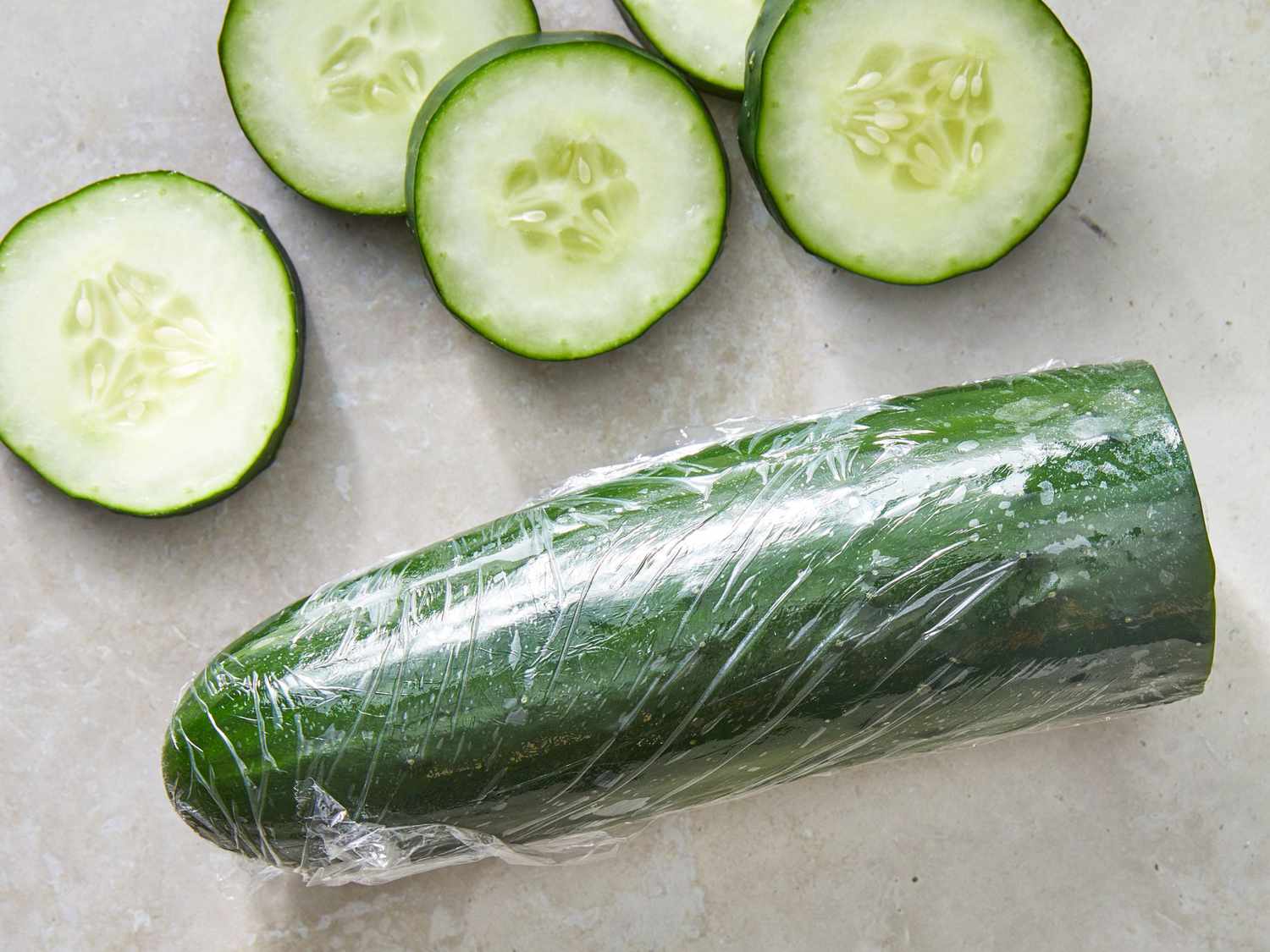
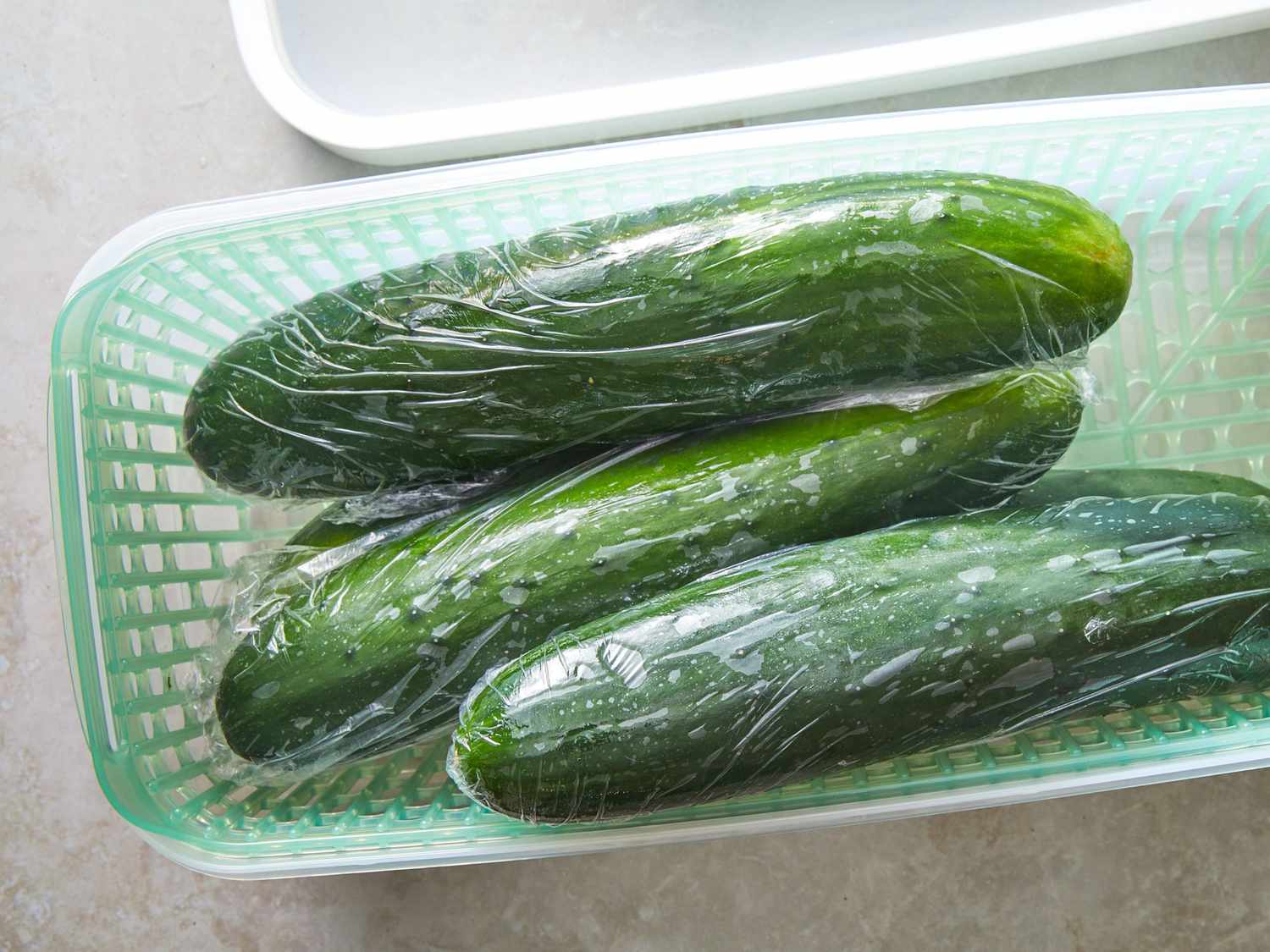
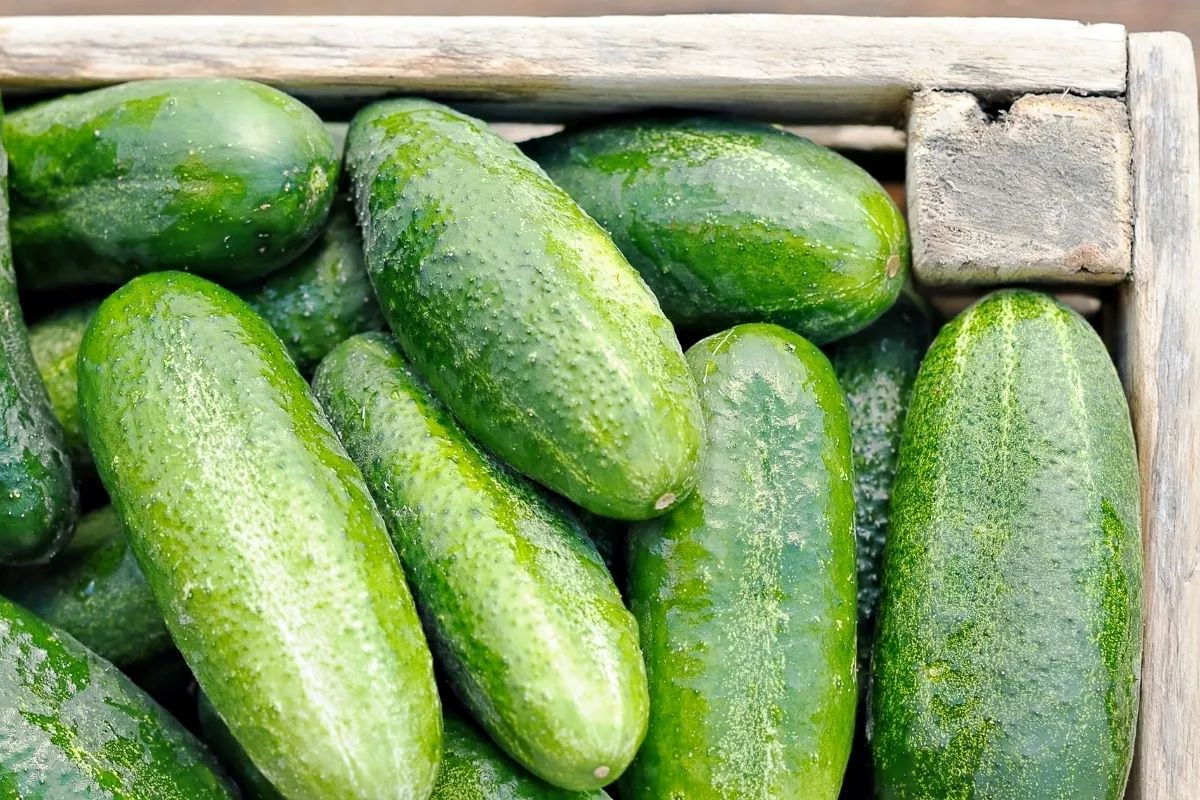
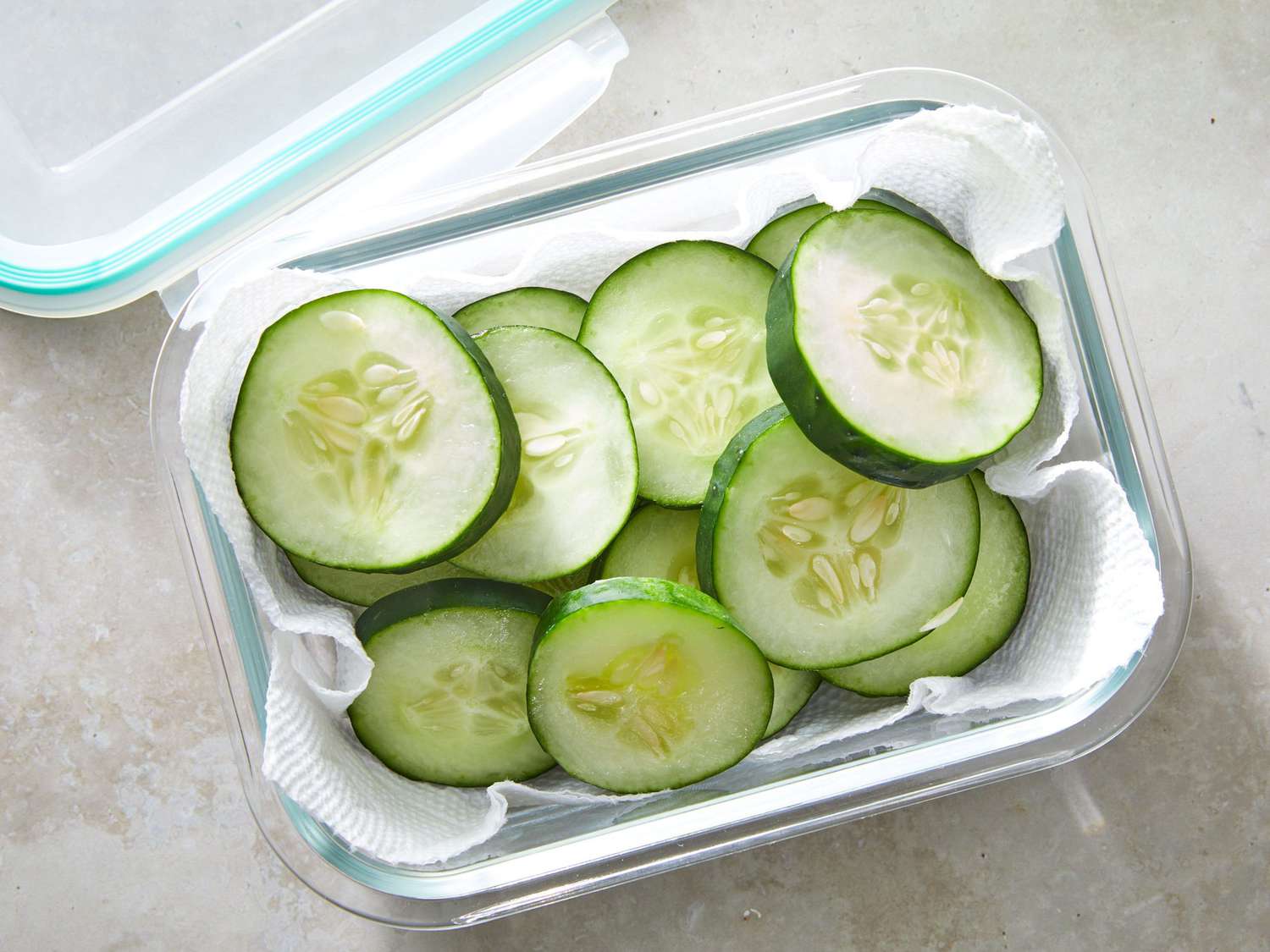
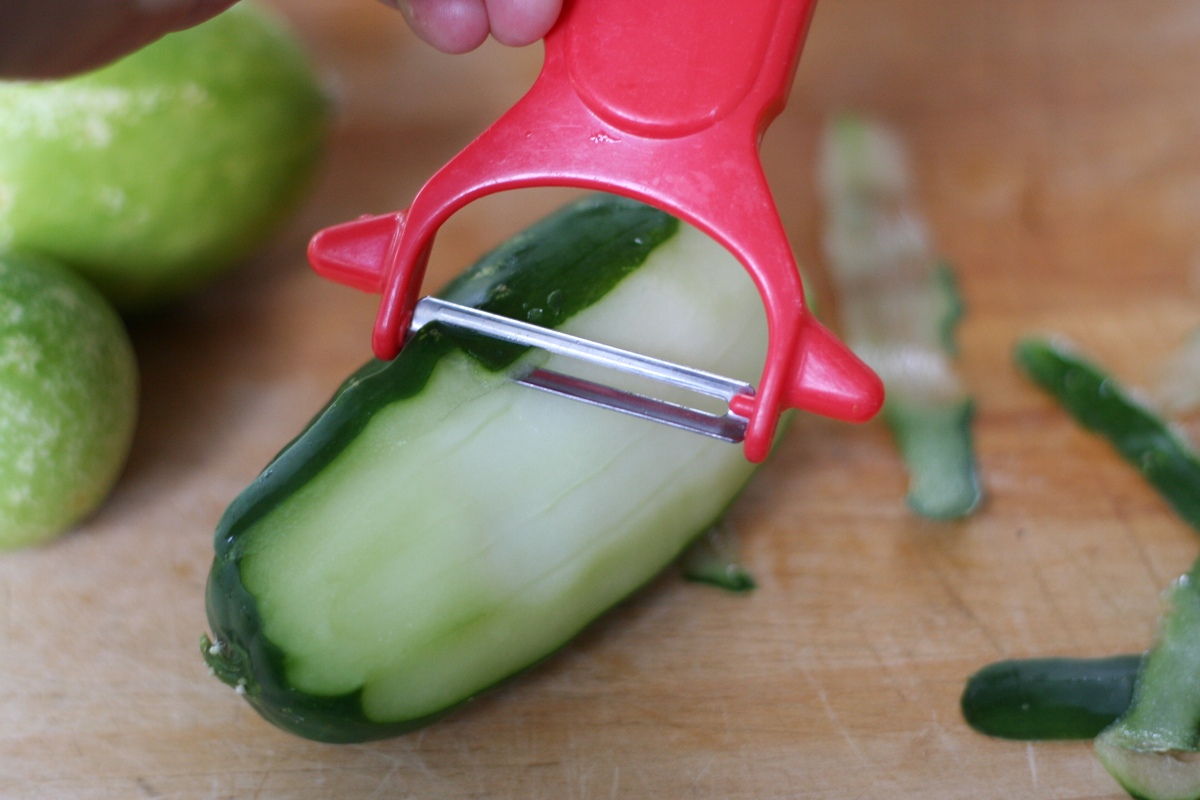
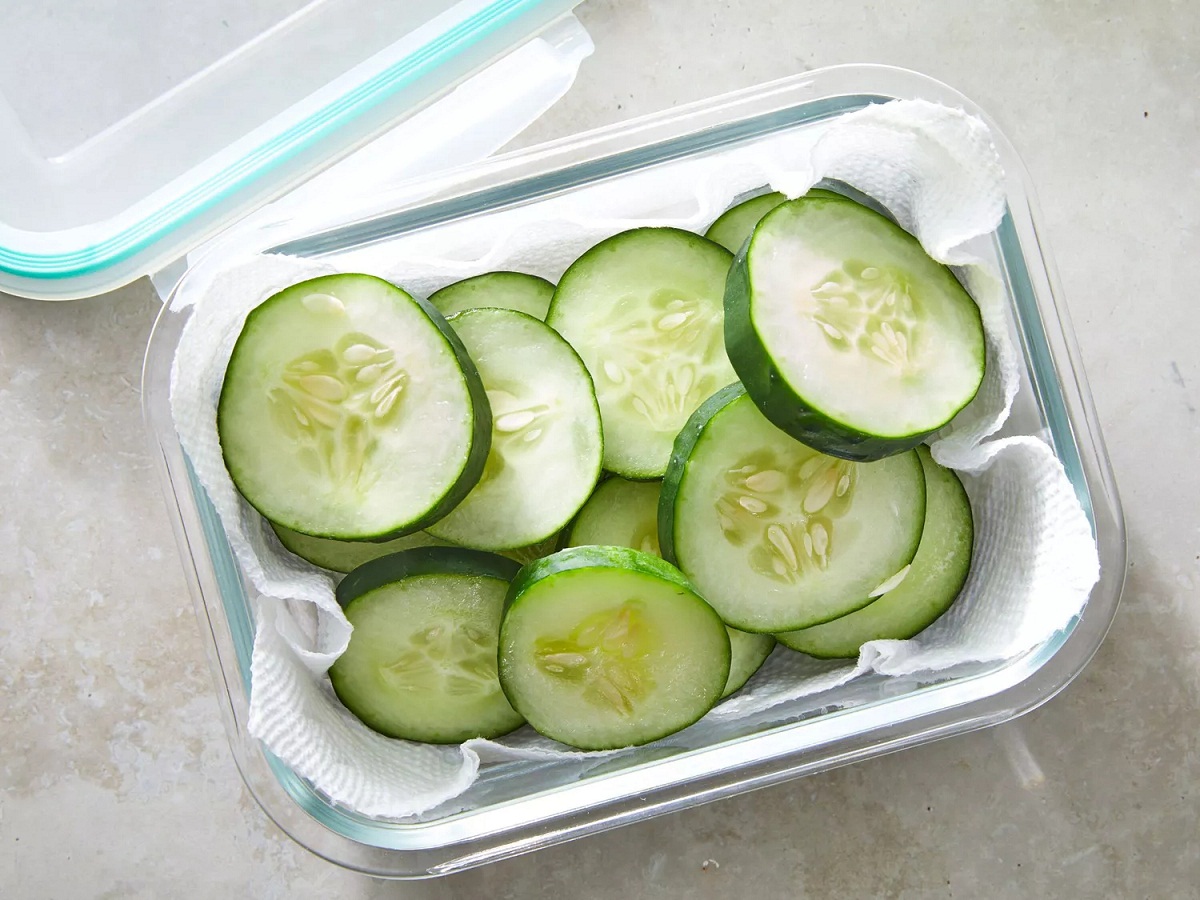
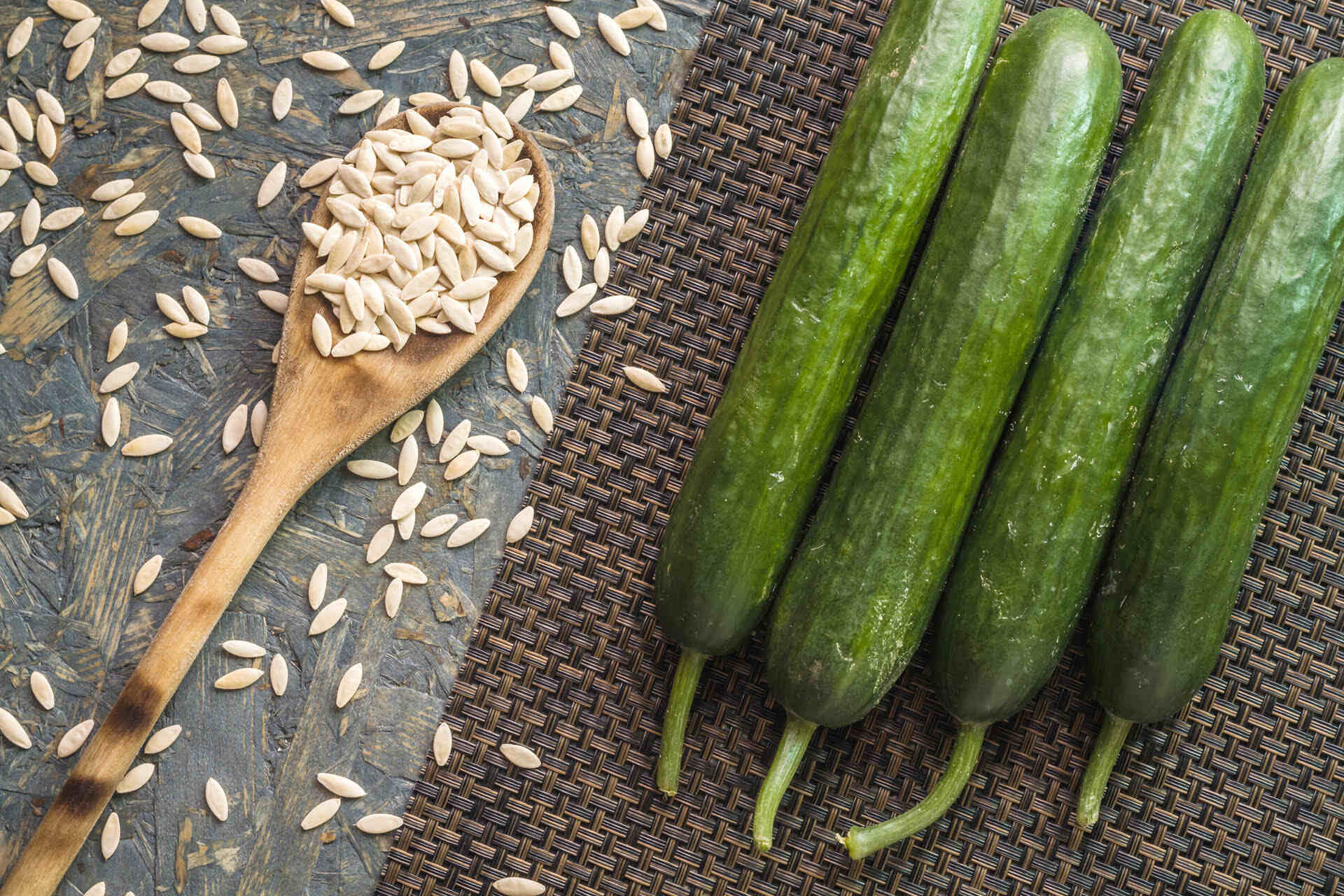
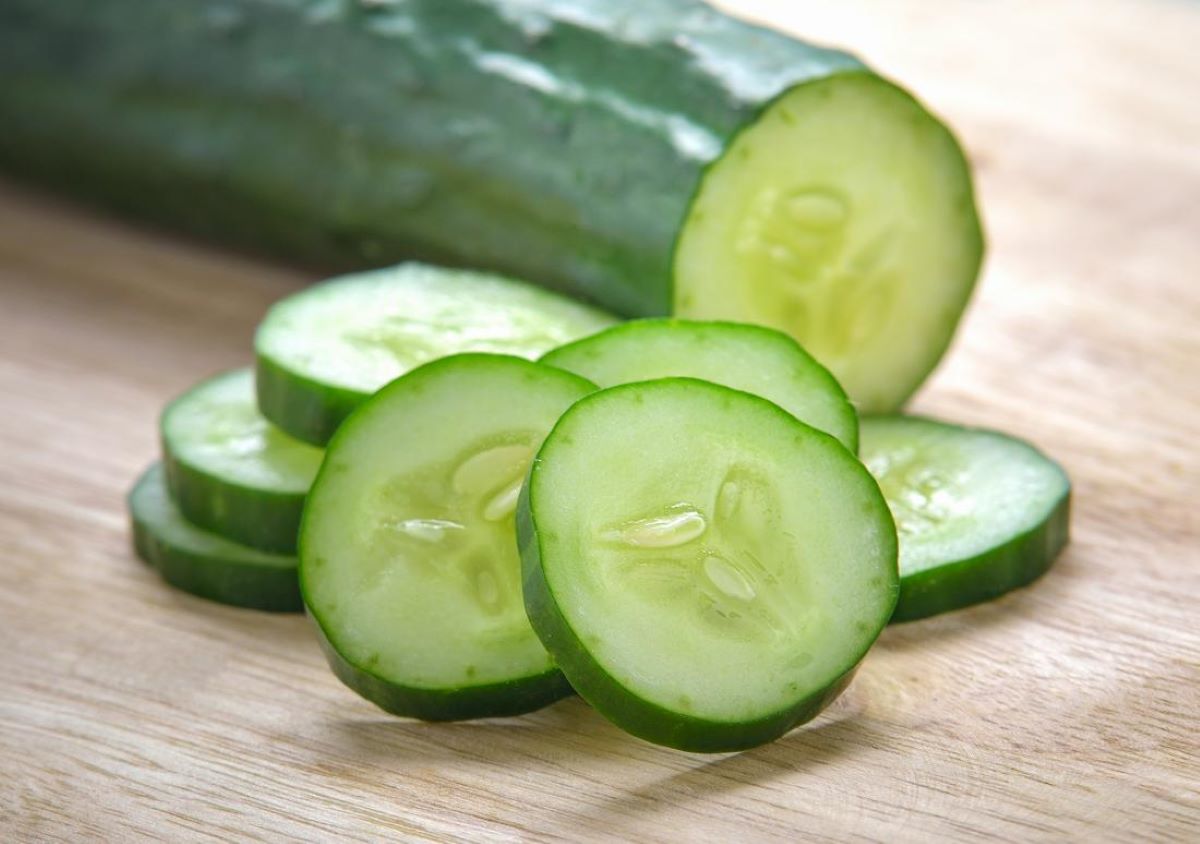
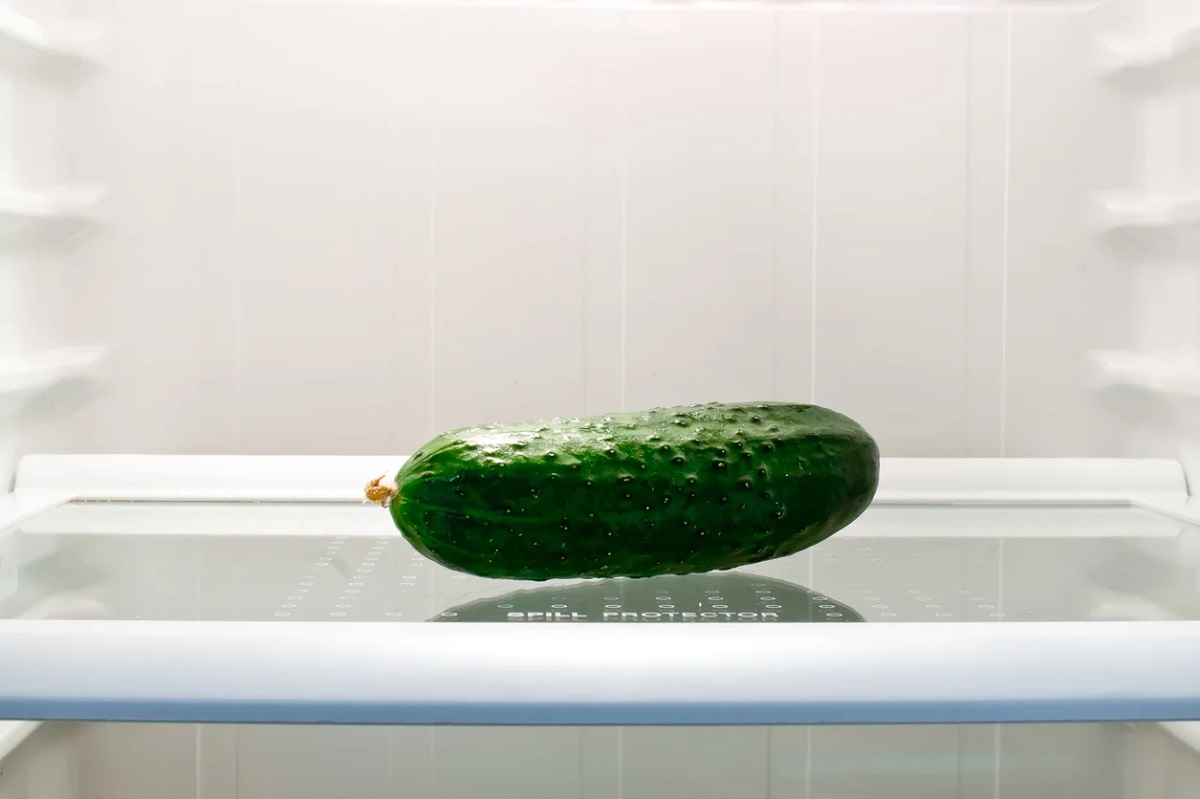
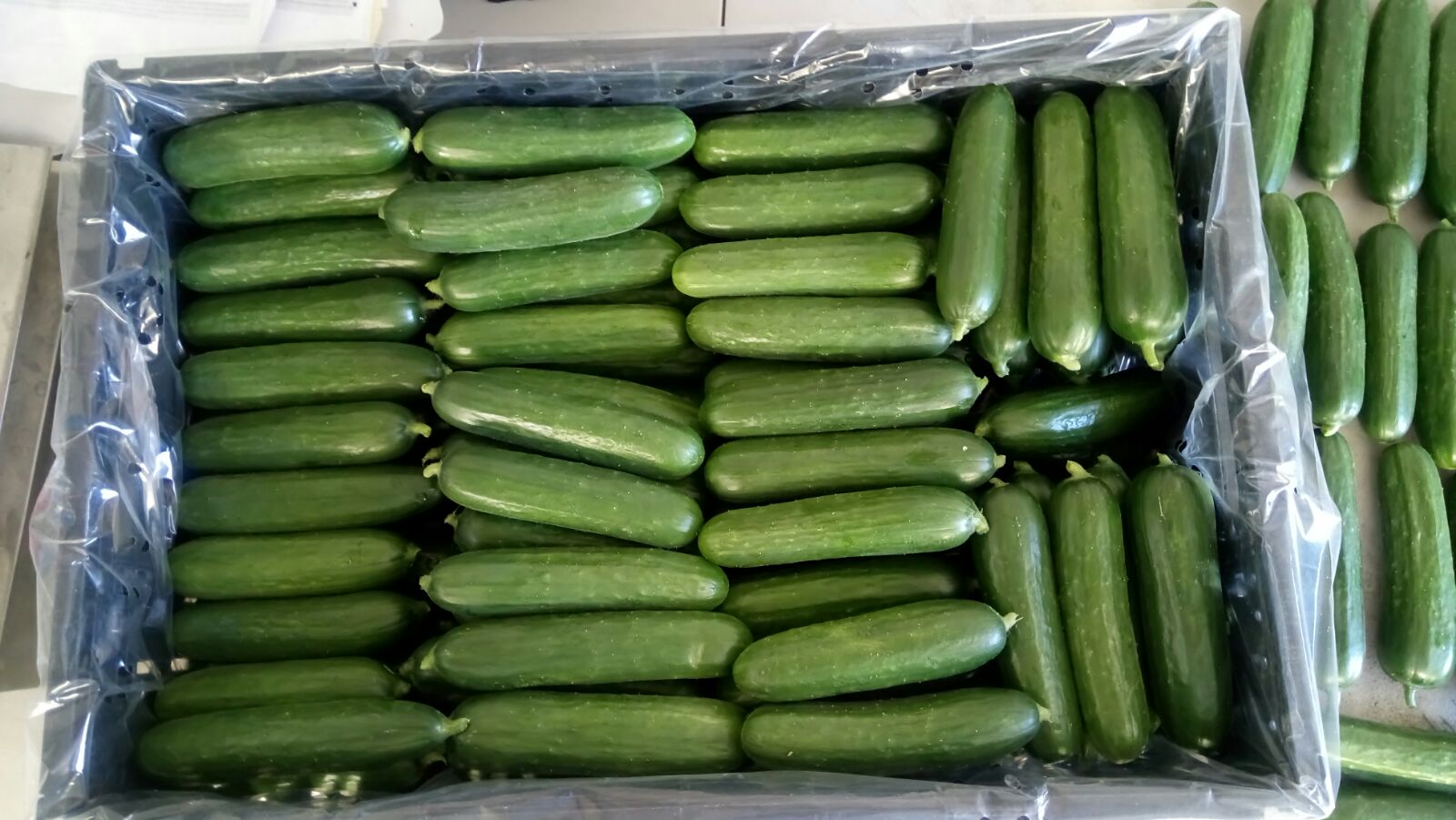
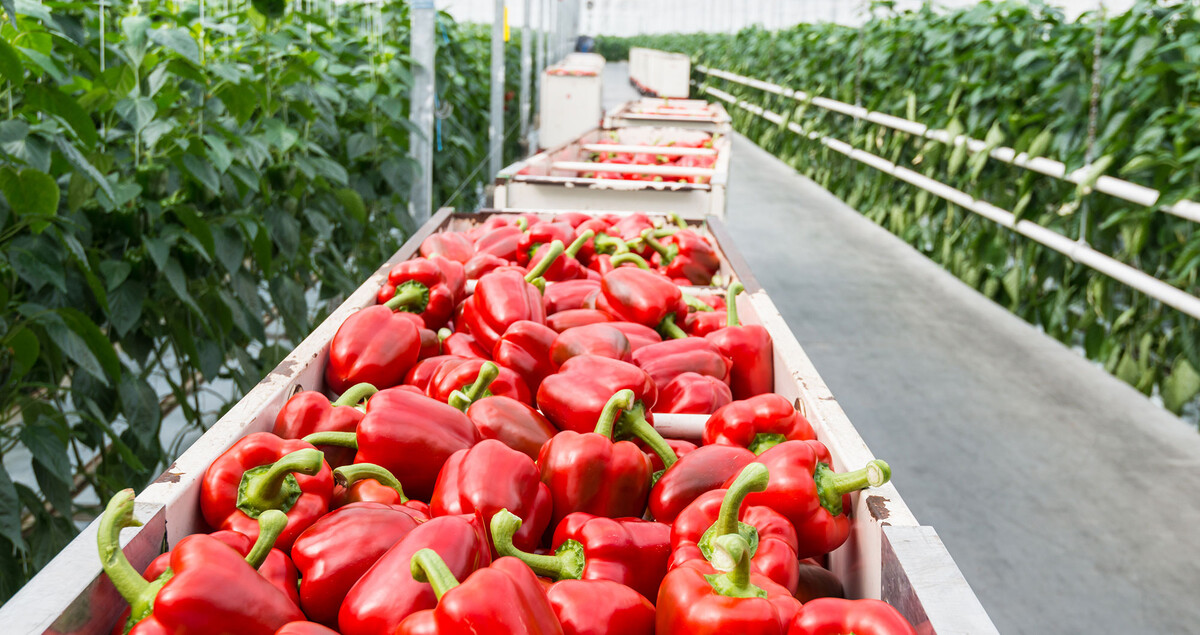
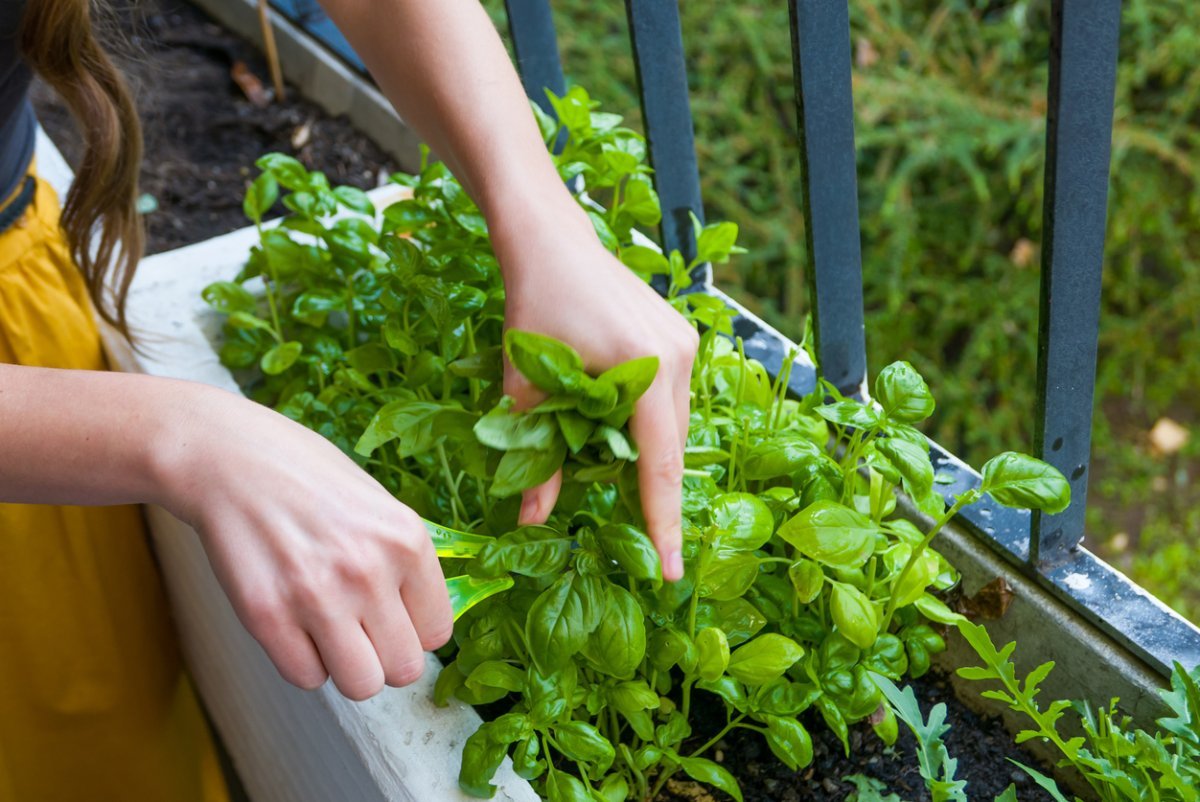
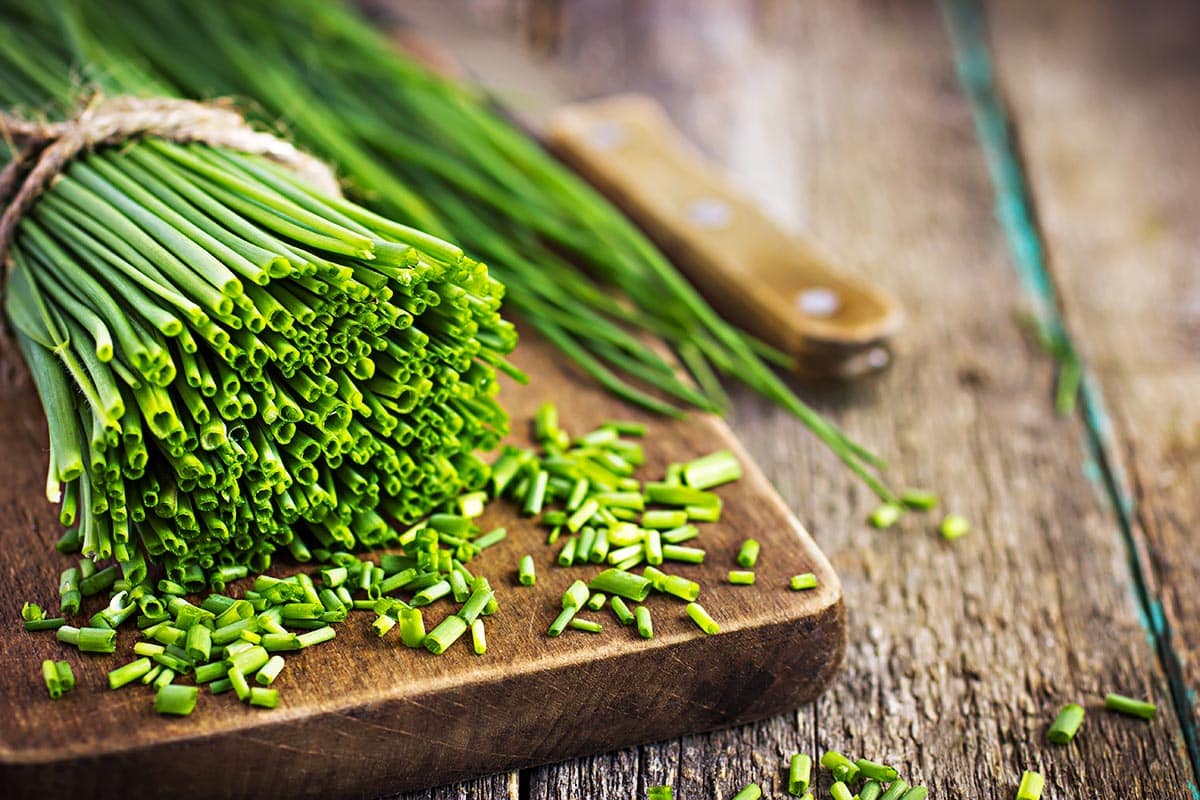

0 thoughts on “How To Store Cucumbers From The Garden”